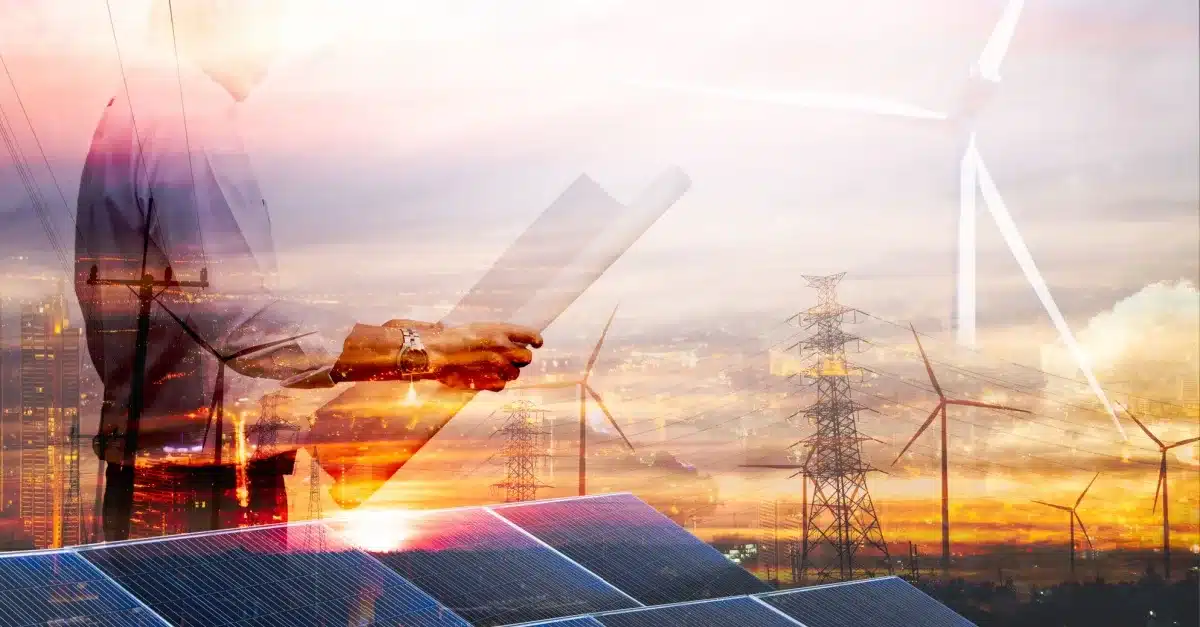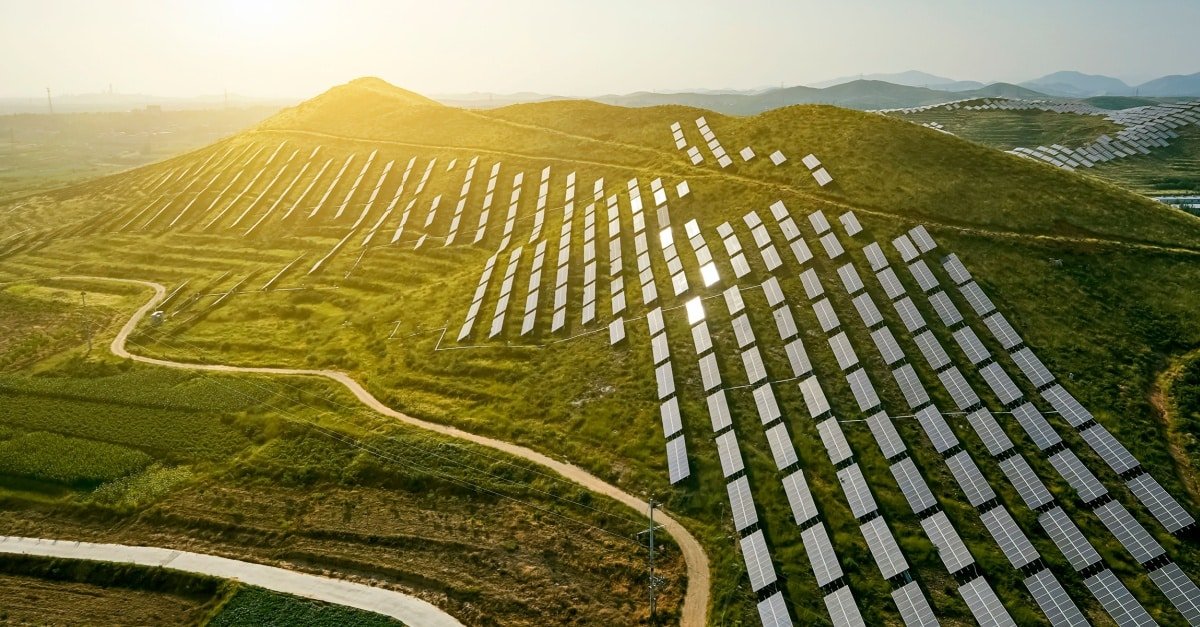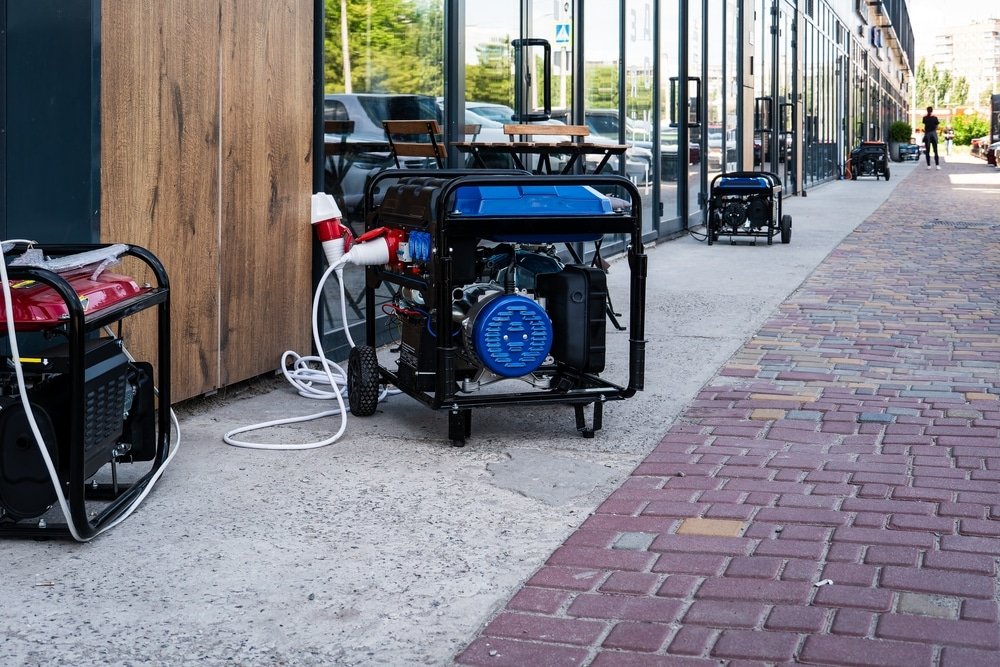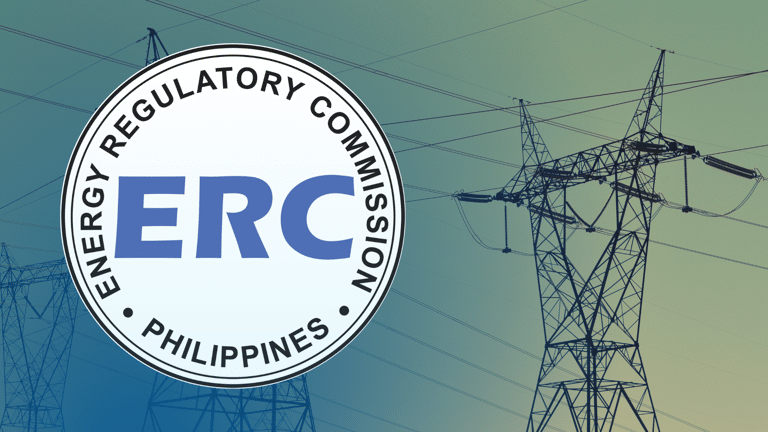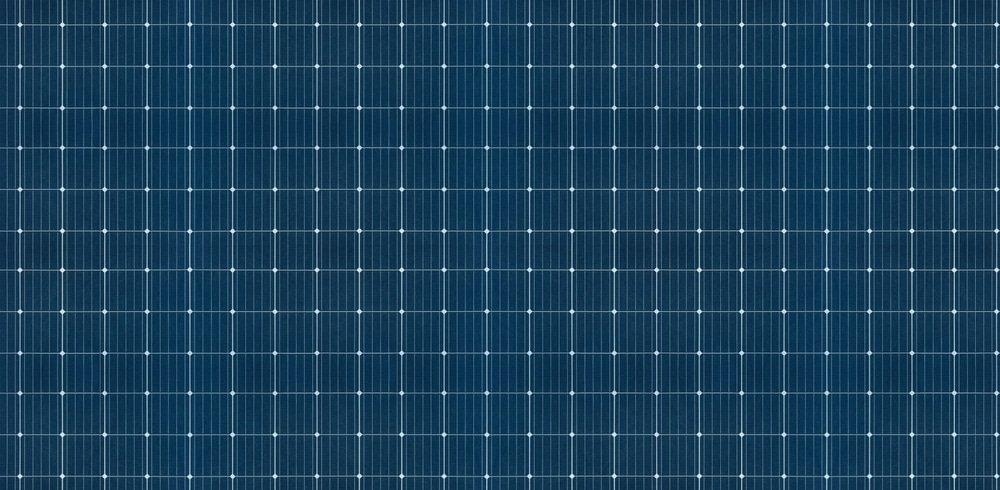
If you are considering switching to renewable energy sources but you’re worried about the cost, here’s a breakdown.
The cost of energy from fossil fuels
Traditionally, energy from fossil fuels was cheaper that’s why it was readily adapted and became highly successful. Today, the world consumes the most energy from oil, coal, and gas. However, the problem with fossil fuels is that they have a finite amount, meaning they run out.
The global demand for energy is growing quickly but the supply of fossil fuels is decreasing. Other factors–such as increasing costs in production, severe weather, low investments–have also driven prices up, straining the wallets of the average consumer.
The production and use of fossil fuels for energy also has large negative effects. The burning of fossil fuels for energy is responsible for 82% of greenhouse gas emissions around the world, leading to global warming and climate change. Waste from the production and use of fossil fuels has also significantly contributed to air pollution at life-threatening levels.
Because the use of fossil fuels for energy comes with such a high cost, and because the supply of fossil fuels will eventually be exhausted, countries around the world are making the switch to renewable energy.
The cost of renewable energy
Renewable energy is energy from sources that do not run out. These ever-replenishing sources include the sun, wind, and water.
While the cost of using renewable energy was prohibitive before, this is not the case now. As of 2020, the International Energy Agency declared that solar energy is “the cheapest energy in history.”
According to a policy brief on solar energy in the Philippines by Deutsche Gesellschaft für Internationale Zusammenarbeit (GIZ) GmbH in cooperation with Renewable Energy Developers Center (REDC) and WWF Philippines, a month’s worth of solar energy for an average Filipino household is very affordable.
“For the average household consuming 300 kWh a month, the price for getting clean energy is less than P1 a month, equivalent to a single candy,” the brief states.
Wide adaptation and advanced technology are responsible for the affordability of solar power. The price of solar panels has decreased and there are more solar kits available in the country today. This means it is now easier and cheaper to get solar power.
Government support for renewable energy
The government also supports renewable energy through various programs and incentives such as the Green Option Program (GOP), where end-users are given the option to avail of energy from renewable sources, and the Competitive Renewable Energy Zones (CREZ), which directs development of transmission lines in areas rich in renewable sources.
The government targets a 35% renewable energy and 65% fossil fuel energy mix by the year 2030. To this goal, major steps have been taken such as the installation of a new solar power plant in Davao and plans to build a hydrogen-based power plant in Sabah.
In conclusion, the opportunity to tap into cleaner and cheaper energy is within your reach. While fossil fuels used to dominate the market, renewable sources, particularly solar power, have become more accessible and affordable. Thanks to increasingly advancing technology, government support, and better environmental awareness, renewable energy has become a real and viable option.
Be part of the movement towards a more sustainable future by exploring how you can tap into renewable energy today.
References:
What is behind soaring energy prices and what happens next? – Analysis – IEA
https://www.iea.org/commentaries/what-is-behind-soaring-energy-prices-and-what-happens-next
https://ourworldindata.org/energy-mix#global-primary-energy-how-has-the-mix-changed-over-centuries
Solar is now ‘cheapest electricity in history’, confirms IEA | World Economic Forum (weforum.org)
policy-brief-its-more-sun-in-the-philippines-V3.pdf (doe.gov.ph)

